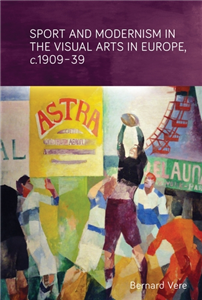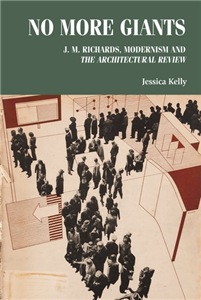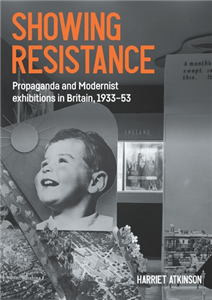Sport and modernism in the visual arts in Europe, c. 1909–39
by Bernard Vere
This book highlights sport as one of the key inspirations for an international range of modernist artists. Sport emerged as a corollary of the industrial revolution and developed into a prominent facet of modernity as it spread across Europe at the turn of the twentieth century. It was celebrated by modernists both for its spectacle and for the suggestive ways in which society could be remodelled on dynamic, active and rational lines. Artists included sport themes in a wide variety of media and frequently referenced it in their own writings. Sport was also political, most notably under fascist and Soviet regimes, but also in democratic countries, and the works produced by modernists engage with various ideologies. This book provides new readings of aspects of a number of avant-garde movements, including Italian futurism, cubism, German expressionism, Le Corbusier's architecture, Soviet constructivism, Italian rationalism and the Bauhaus.



















